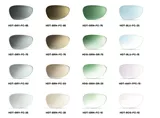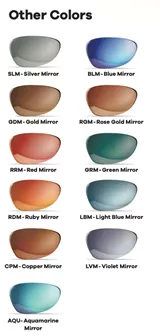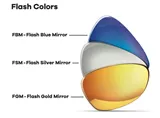Given certain misconceptions around – and resistance to – prescription sunwear, it’s important to convey the advantages of prescription sunglasses to your patients.
The 6 most common objections to prescription sunglasses:
- Cost: The extra expense of a second pair of glasses may cause hesitation.
- Style: Patients may perceive the style of regular sunglasses as more fashionable than prescription sunglasses.
- Convenience: Switching between prescription eyeglasses and prescription sunglasses can be inconvenient, especially if they need to carry both with them.
- Prescription changes: If they have a rapidly changing prescription, they may be hesitant to invest in prescription sunglasses that may not be useful for very long.
- Limited use: If they only need sunglasses for certain activities like driving or outdoor activities, they may be reluctant to buy a separate pair of glasses.
- Forgetfulness: Some people may be forgetful and may not remember to bring their prescription sunglasses with them when they need them.
Sunglasses are a staple accessory for most people, especially during the summer months. Not only do they protect our eyes from the bright sunlight, but they also add a stylish touch.
However, if your patients wear prescription eyeglasses, regular sunglasses do not correct vision problems, which can be a safety issue when driving or engaging in other activities that require clear vision.
This is where prescription sunglasses come in. They combine the benefits of regular sunglasses with the vision correction of prescription eyeglasses, making them an essential accessory for anyone with a vision problem. In this blog post, we will explore HOYA’s prescription sunwear products to enable eye care practitioners (ECPs) to explain to their patients why they are worth the investment.
Need a little help starting the conversation? Here’s how to communicate the value of prescription sunwear to your patients.









